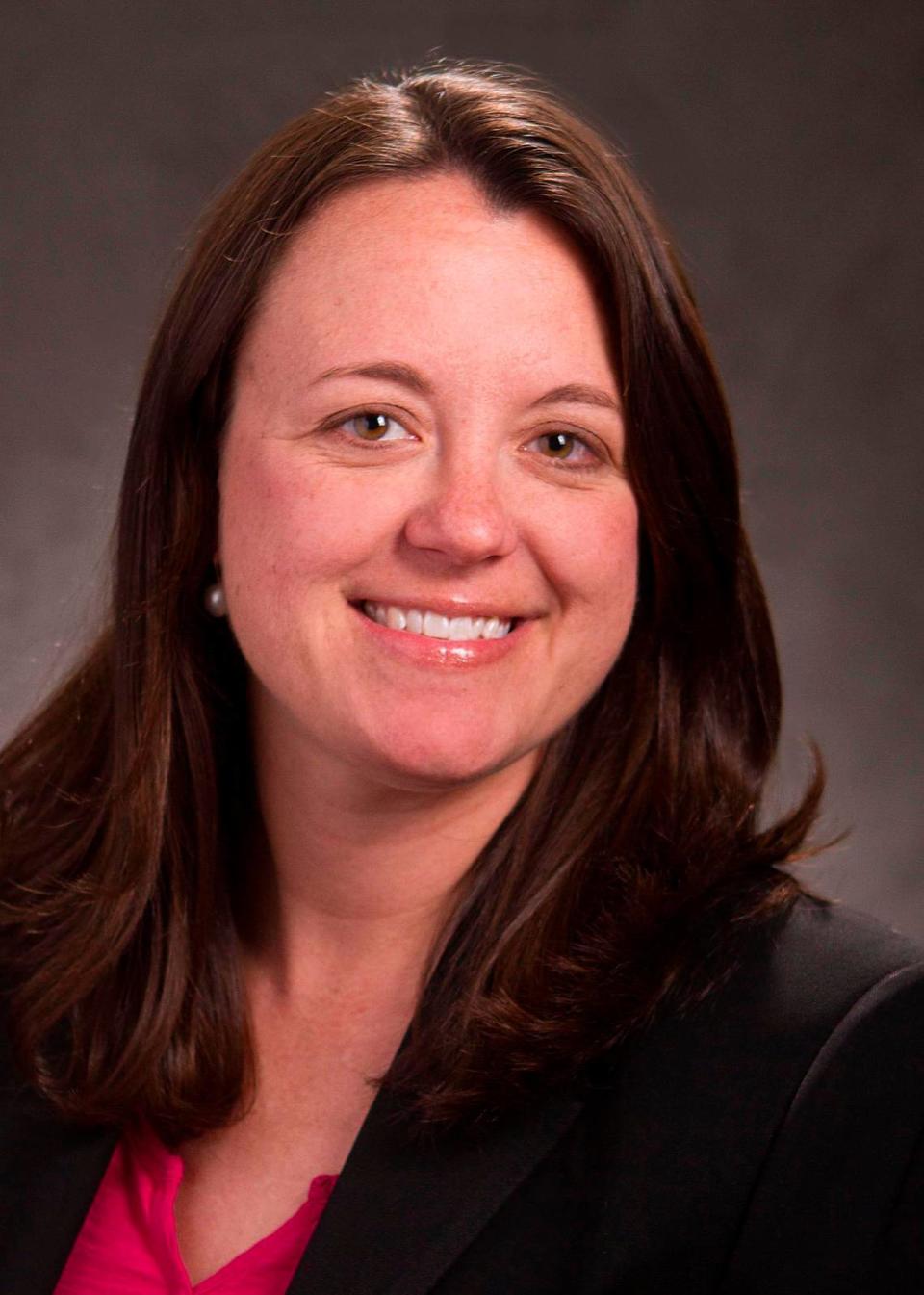California leaders ignore health insurers’ latest scheme to make patients pay more | Opinion
My late father was born with hemophilia B, a hereditary bleeding disorder that requires regular infusions to control bleeding episodes. Infusions made life possible for him, but it was always a fight with the health insurance plan to get them covered. Seeing him in severe pain, as his insurer refused to cover a medically necessary treatment, drove me into the advocacy work I do today.
Legislators and regulators need to understand what patients go through every day to survive. Looking at the financial hardships alone, even with health insurance, many patients must hit certain cost-sharing amounts, like a deductible, before their insurer will start to cover their medical bills. Deductibles range from an average of $1,500 to $7,000 per year if the patient is enrolled in a high deductible plan. That means a patient would have to pay out-of-pocket for all health care received until they reach the deductible, at which point the insurer would start to cover the cost of treatment.
Opinion
Californians living with hemophilia face treatment costs that may exceed $50,000 per year, yet many can’t afford a $50 copay. Research shows that nearly 70% of patients in commercial health plans won’t start treatment at all if the out-of-pocket costs reach $250.
It’s no surprise that many patients struggling to afford critical care turn to financial assistance programs for help. These programs, offered by charitable organizations and pharmaceutical manufacturers, cover copays and other expenses for eligible patients for a limited time by making payments directly to the health plan on the patient’s behalf. Although insured patients shouldn’t have to rely on third parties to survive, I cannot overstate how critical these programs have become for those who live with complex conditions and are already struggling to make ends meet.
A 2021 survey found that 69% of those who depend on these financial assistance programs make less than $40,000 a year.
Unfortunately, as these assistance programs have become more widespread, health insurers and their Pharmacy Benefit Managers started to shift the costs back onto patients through something known as copay accumulator adjustment policies. In California, half of all commercial health plans use copay accumulator adjustment policies, which prevent financial assistance from counting toward a patient’s deductible even though this assistance is cold hard cash. Essentially, insurers and Pharmacy Benefit Managers profit off payments made by the patient’s financial assistance program as if the patient never paid the copay at all.
By hiding copay accumulator adjustment policies within dense evidence of coverage documents, consumers are blindsided several months into the plan year when they discover that their financial assistance has run out but they still haven’t met their deductible. It’s not until the patient attempts to refill a prescription that they learn that their health insurer implemented a copay accumulator adjustment at the start of the year and none of the financial assistance counted toward their deductible.
This leaves surprised patients on the hook for thousands of dollars — if not more. Not only has the patient exhausted the financial assistance program, meaning they will no longer get help with copays, but they also are no closer to reaching their deductible, which puts them back at Step 1: paying out-of-pocket for everything despite the fact that they couldn’t afford it to begin with.
In response to this insurance and profit scheme coming to light, 20 states, plus Washington, D.C. and Puerto Rico, have completely banned the use of copay accumulator adjustment policies. California had the opportunity to follow suit this year through Assembly Bill 2180 by Dr. Akilah Weber, D-La Mesa, but despite strong support from nearly 100 patient advocacy, consumer and provider organizations, the bill died in committee.
Although there is some movement at the federal level to ban copay accumulator adjustment policies nationwide with House Resolution 830, known as the HELP Copays Act, I’m disappointed that California legislators didn’t step up to the plate to protect patients and reduce out-of-pocket costs. Without policymaker intervention, health insurers will continue to find new ways to block access to treatments and drive up the cost of health care.
When patients are unable to adhere to their treatment, they risk worsening their health — in some cases, irreversibly. We cannot expect to improve health outcomes and reduce the burden on the overall health care system without prohibiting anti-patient practices.
Navigating health insurance is complex enough. We can’t let patients continue to be put in the middle, forcing them to fight not only for their health but also to protect their pocketbooks. Patients deserve to receive the full benefit of their health insurance and financial assistance programs without facing roadblocks.
Lynne Kinst is the executive director of the Hemophilia Council of California.



